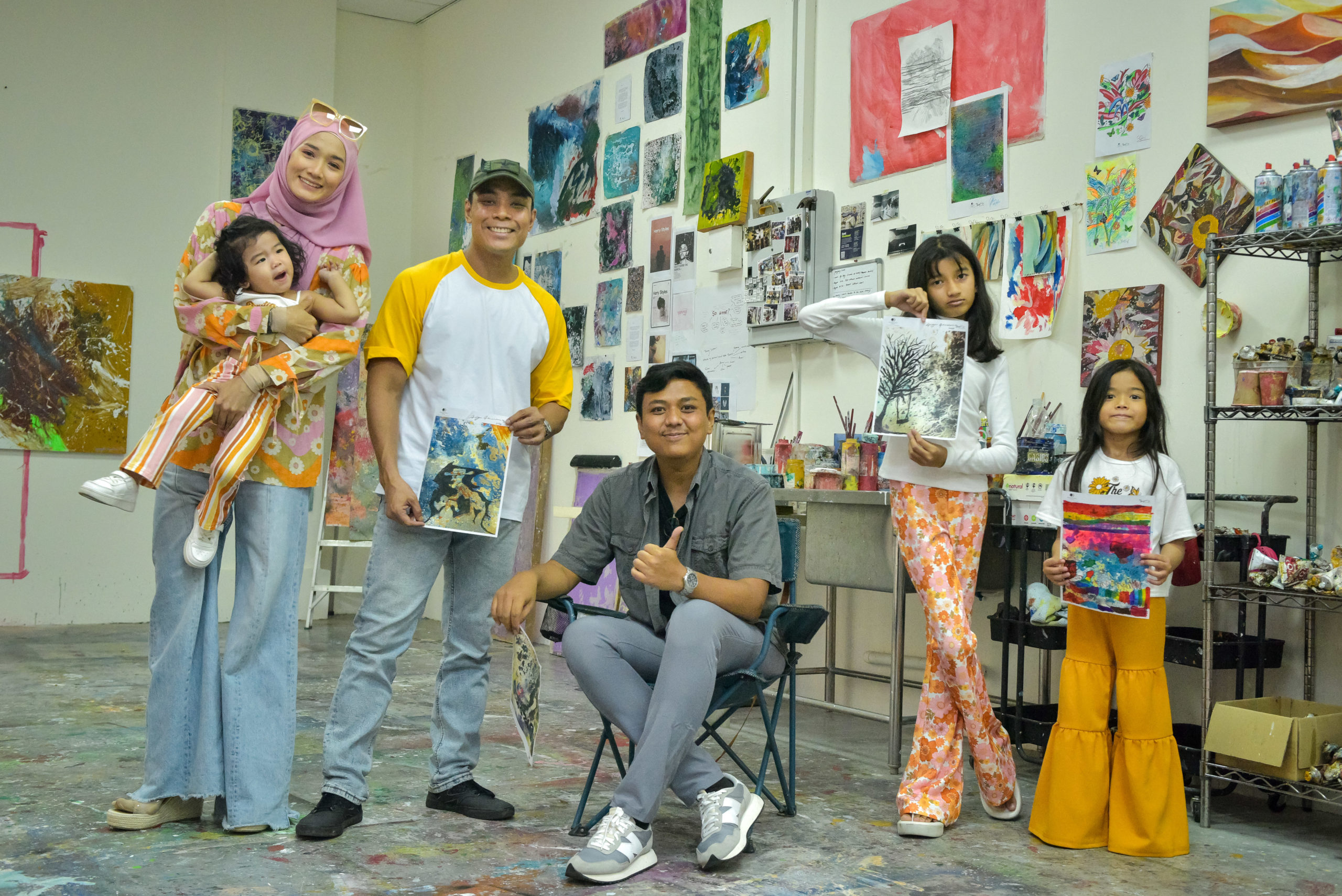
The Doubletree Studio Residency helps artists to not just create challenging new work, but also come out of their shells and develop skills that help them socially and professionally.
By CHIN JIAN WEI
As a budding artist, an art residency can be a valuable tool in helping you to grow artistically and professionally. One of the more unique ongoing art residencies is The Doubletree Studio Residency, held at DoubleTree by Hilton Putrajaya Lakeside and supported by Segaris Art Center.
A studio space has been specially renovated for the artists, who have full access to the hotel grounds, materials and archives. Uniquely, the artist will interact with hotel guests and visitors during monthly Cultural Weekends. These are programmes, such as workshops, designed to allow insight into the artist’s works. The activities differ from artist to artist, but they revolve around acts of “Seeing, Listening and Doing”. In the last week of the artist’s stay at the residency, there will also be showcases of their work for which collectors and people within the industry will be invited. The curator, Zena Khan would help to theme the showcases and explain the works to the attendees.
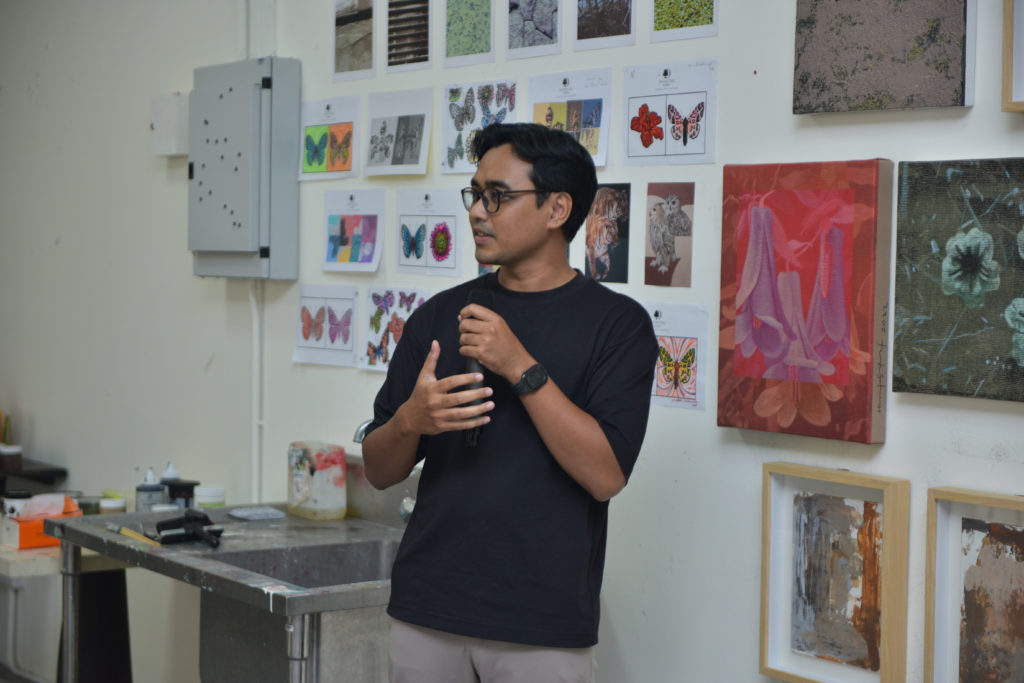
BASKL spoke to Sarah Lian, who helped ideate and conceptualise this project with Suppagood, a Public Relations agency. “It is an opportunity to help foster the local art industry in Malaysia,” Lian says. “With the Doubletree Studio Residency, we give the artists a space where they end up developing a relationship with the hotel. Guests from the hotel get to know them and their work more. It’s a way to create more awareness about our local Malaysian artists.”

Three artists have already taken part in this residency, Fadzril Fakarruddin, Haziq Syawal, and Syahmi Jamaluddin. Taking on only one artist at a time for a period of four months each starting from July 2023, the third artist, Syahmi Jamaluddin is in the midst of his residency from March to June 2024.
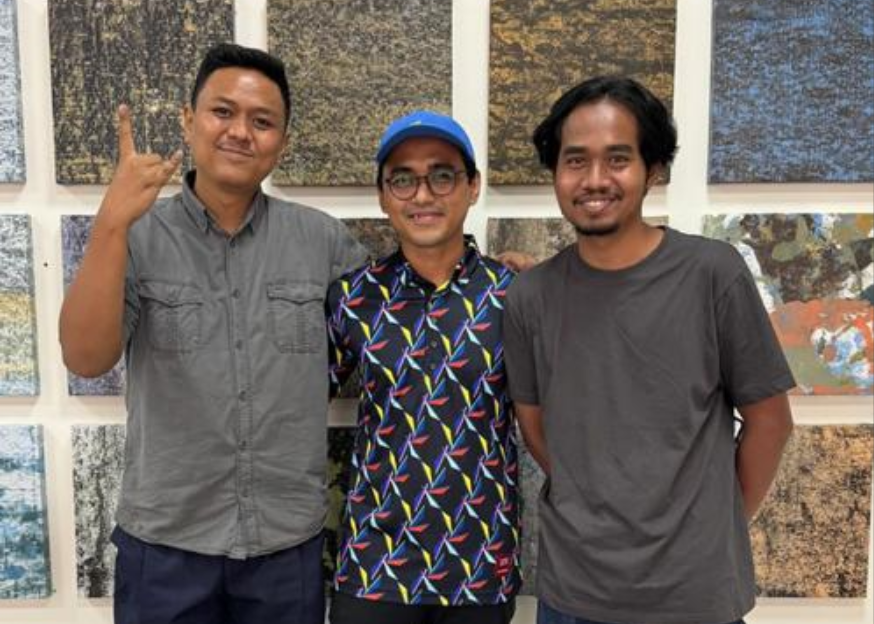
Lian believes that the residency can really help artists come out of their shells and grow. She says, “Most of them are young and have just come out of university, and are quiet. They don’t have a lot of opportunities to develop skills, not just in a social setting but in a professional setting as well. The benefit of the residency is that the artists have the opportunity to speak to guests in the hotel to talk about their work and process, to grow and mingle in a way that they never had to before. In leading a workshop, there’s a lot of intrinsic skills that they end up developing.”
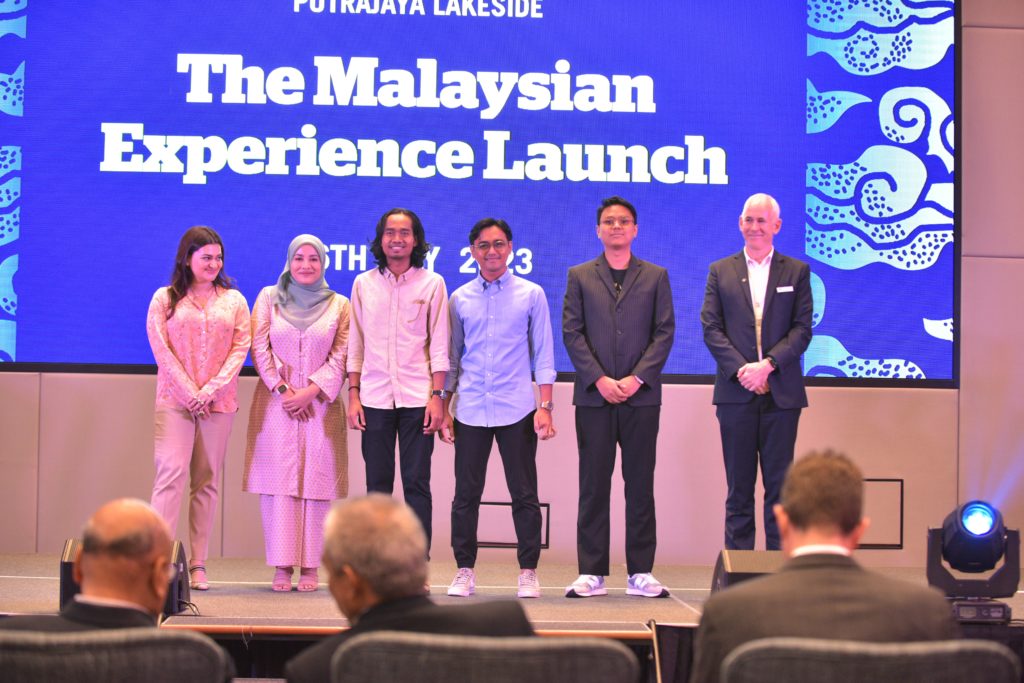
Lian shares a story about the first artist to take part in the residency, Fadzril Fakarruddin. She says, “He was quite quiet and nervous in the beginning, but by the end of it, he was giving art show tours to Tun Mahathir, he was giving talks. He was able to come out of his shell in a way none of us had foreseen.”
Lian continues, saying, “In this residency, these four months give them a chance to create new work and for both (of the initial two) artists, they came up with completely different styles of art from what they did before. Fadzril focused a lot on landscapes like mountains and sunflowers, but by the end of it he was focused on abstract work inspired by music. He would translate his feelings onto the canvas. Haziq Syawal did a lot of really fine work, but after this residency, he focused on colours and textures he collected around the hotel and created new techniques. And since then he’s had three commissions. It has given them the exposure, it has given them the opportunity to be in front of different audiences that they would not have before, and it has given them more confidence.”
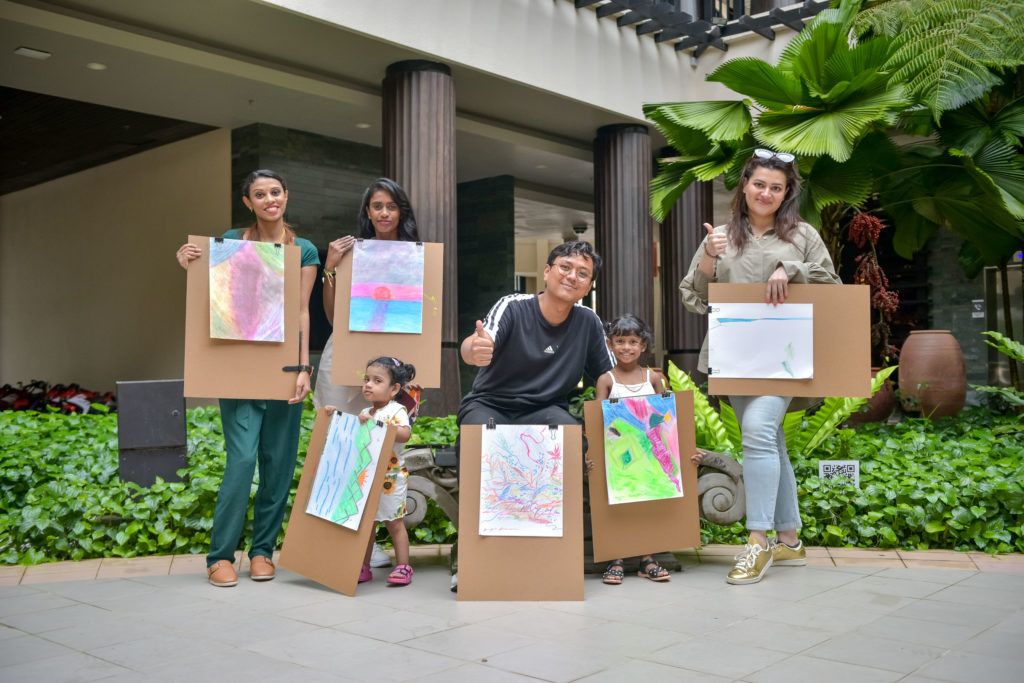
It is not only the artists who are impacted by the residency but members of the public who have attended their programmes and cultural weekends as well. Lian says, “They gain a better understanding of art in general, maybe through the artist’s eyes, or to know that something like this residency exists that is supporting the local artists. We’re trying to get the word out on contemporary artists, to look at their work in ways that they’ve never understood before.”
To read more BASKL articles, click on the links below!
